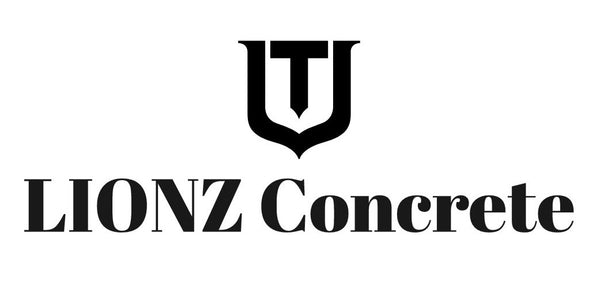Demystifying GFRC: Understanding Glass Fiber Reinforced Concrete
Share
Introduction:
In the realm of construction materials, one name that has been gaining traction in recent years is Glass Fiber Reinforced Concrete (GFRC). This innovative composite material offers a myriad of benefits, from enhanced strength to versatile design possibilities. However, for those unfamiliar with GFRC, understanding its composition, properties, and applications can be a daunting task. In this article, we'll delve into the world of GFRC to uncover what it is and why it's making waves in the construction industry.

What is GFRC?
GlassFiber Reinforced Concrete, commonly abbreviated as GFRC, is a composite material that consists of a cementitious matrix reinforced with alkali-resistant glass fibers. These fibers, typically dispersed throughout the concrete mixture, impart tensile strength to the material, making it more durable and resistant to cracking compared to traditional concrete.
Composition of GFRC:
GFRC is composed of four primary ingredients:
- Cementitious Matrix: The base of GFRC is similar to traditional concrete, comprising Portland cement, sand, water, and sometimes other additives such as silica fume or fly ash. This matrix provides the structural integrity and bonding properties of the material.
- Glass Fibers: The key component that sets GFRC apart is the incorporation of glass fibers. These fibers are typically made from alkali-resistant glass, such as AR (Alkali Resistant) glass, to prevent degradation in the alkaline environment of concrete. The fibers are dispersed evenly throughout the mix to provide reinforcement and enhance tensile strength.
- Water Reducer: To improve workability and reduce water content, which can lead to shrinkage and cracking, water-reducing admixtures are often included in GFRC mixes. These additives help achieve the desired consistency without sacrificing strength or durability.
- Polymer Additives (Optional): In some cases, polymer additives such as acrylics or polymers based on vinyl acetate-ethylene (VAE) are incorporated into GFRC mixes. These additives can improve flexibility, adhesion, and weather resistance, making GFRC suitable for a wider range of applications.
Properties and Advantages of GFRC:
GFRC offers a range of properties and advantages that make it an attractive choice for architects, designers, and contractors alike:
- High Strength-to-Weight Ratio: Despite being lighter than traditional concrete, GFRC boasts impressive strength and durability, making it suitable for a variety of structural and architectural applications.
- Flexibility and Moldability: GFRC can be molded into virtually any shape or design, offering architects and designers unparalleled flexibility in creating complex forms, intricate details, and custom finishes.
- Enhanced Durability: Thanks to the reinforcement provided by glass fibers, GFRC exhibits excellent resistance to cracking, impact, and environmental factors such as freeze-thaw cycles, making it ideal for both indoor and outdoor use.
- Lightweight and Thin Sections: The lightweight nature of GFRC allows for thinner sections and reduced structural loads, making it particularly well-suited for cladding, façades, and decorative elements where weight is a concern.
- Fire Resistance: GFRC is inherently fire-resistant, offering an added layer of safety and protection in both residential and commercial applications.
Applications of GFRC:
The versatility and performance of GFRC make it suitable for a wide range of applications, including:
- Architectural Cladding and Facades
- Sculptural Elements and Art Installations
- Countertops and Vanity Units
- Decorative Panels and Screens
- Outdoor Furniture and Landscaping Features
- Signage and Branding Elements
Conclusion:
In conclusion, Glass Fiber Reinforced Concrete (GFRC) represents a modern and innovative approach to construction materials, offering a unique combination of strength, durability, and design flexibility. As architects, designers, and builders continue to push the boundaries of creativity and innovation, GFRC is poised to play an increasingly integral role in shaping the built environment of the future. Whether used in structural applications or decorative elements, GFRC stands as a testament to the power of innovation in meeting the evolving needs of the construction industry.

